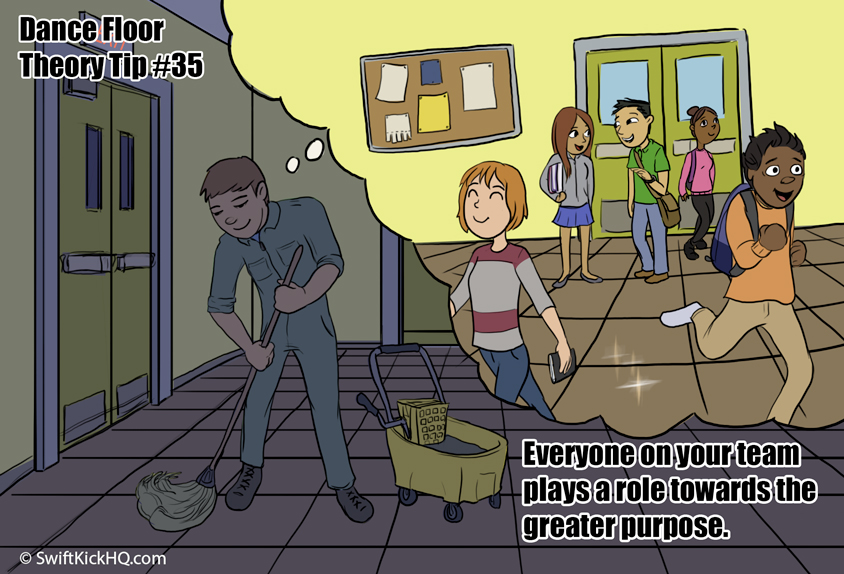“You have to meet Ms. Peaches! Everyone loves her. She takes time to talk with each one of us to really understand the challenges we’re facing. When I talk with her, I can tell she really cares about our success. She goes out of her way to help anyone who needs it.”
When I first heard about Ms. Peaches at Virginia Commonwealth University, I knew she was the kind of leader that I could learn a thing or two from. It was clear in talking with the students and staff that she was loved by pretty much everyone. This wasn’t a fake kind of love based on false rhetoric, but rather a real, deep love based on a leader who clearly cared and showed it by listening and supporting everyone at the university. To her, it didn’t matter if you were a freshman or a senior VP; she would take the time to talk with you and then, if possible, take action. The plethora of positive stories I heard about Ms. Peaches made her out to be some kind of super leader. I knew I needed to meet her.
On campus, I was guided by a group of excited leaders to meet Ms. Peaches. On our way, we passed by the faculty offices, the department head offices, the VPs, and even the provost’s office. At this point, I was left scratching my head because we had walked past every office of the top leadership at the university. Who was Ms. Peaches?
Our walking adventure ended with us standing at the front of the cafeteria. One student excitedly opened the door. There, standing in front of us with a big smile on her face and arms extended for a hug, was Ms. Peaches, the lunch lady.
My super leader, Ms. Peaches, didn’t work in the provost’s office; she worked in the lunchroom!
Just because someone holds a leadership title, doesn’t mean they are a leader. The reverse is also true: Just because someone doesn’t hold a leadership title, doesn’t mean they aren’t a leader in the community. Not all community leaders are managers, but all managers are leaders, whether they are effective or not.
In any organization, there are two types of leaders:
- Leadership Positions – These are people who are hired/elected into a position, and title, that requires them to lead others.
- Community Leaders – These are people who don’t hold a traditional leadership position, or title, within the organization. Through their words and actions, they build a ton of social capital with others. They are seen as leaders who can influence the larger organizational culture.
Ms. Peaches would be considered a Community Leader. One could argue that Ms. Peaches holds more social capital, and influence, at VCU than some of the top VPs.
If you are reading this, you are most likely in a Leadership Position, or aspiring to gain a Leadership Position. As part of your journey to becoming a Level 5 Leader, look around your organization for the Community Leaders who are massively influential to the overall culture.
Or, better yet, try and cultivate more Community Leaders, so the sense of leadership is spread out to everyone, regardless of their position. From the VPs to the front line cashiers, everyone plays a role in creating a Culture of Connection.

The more leaders embrace this concept, the more they’ll value how powerful every role can be within the organization.
“In the best companies, everyone holds everyone else accountable – regardless of level or position.” – Kerry Patterson, Crucial Conversations Tools for Talking When Stakes Are High, Second Edition*



